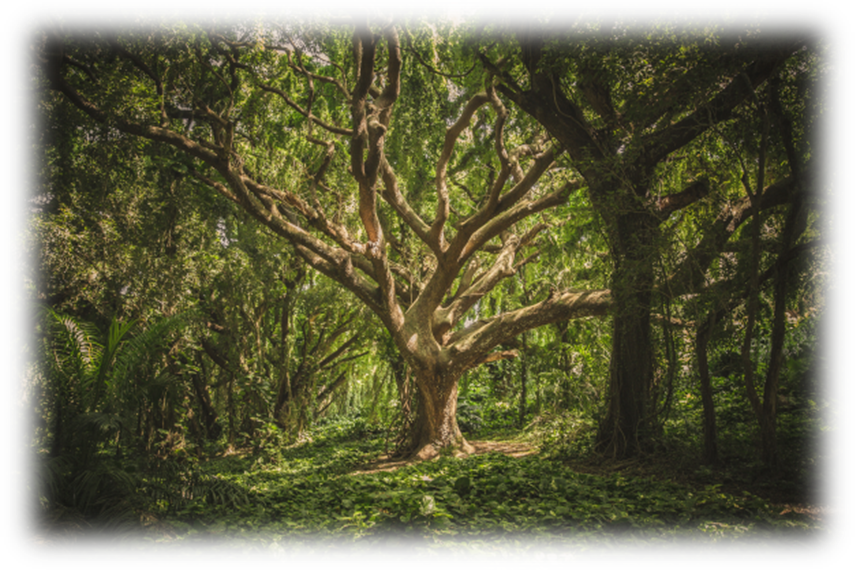
At the center of the primordial garden of Eden were two trees: One provided a knowledge of good and evil, the other provided life. After Adam and Eve’s sin, they were forbidden from eating the life-giving fruit, “lest [they] reach out [their] hand and take also of the tree of life and eat, and live forever” (Gen 3:32; ESV). This symbolizes mankind’s separation from the Life-Giver himself. They no longer had the same access to God and thus they no longer had access to immortality and life itself. Thankfully, God had a plan to give life back to his people.
Fast-forward several thousand years to about 30 AD when God decided to plant another tree of life. This tree had no foliage, no beauty, no boughs. Instead of roots, it was driven into the ground. Instead of birds, it was home to nails and blood. Nonetheless, the fruit of this tree gave us eternal life yet again.
God’s ironic use of a cross for the new Tree of Life is a beautiful but demanding image. Our God is powerful enough to turn even the most barbaric and horrible devices and make it the source of fecundity for mankind. The cross also demands our own suffering. In order to access this cross and partake of the tree of life, we also must suffer just as Christ suffered. Jesus said, “If anyone would come after me, let him deny himself and take up his cross and follow me. For whoever would save his life will lose it, but whoever loses his life for my sake will find it” (Matt 16:24–25; emphasis mine).
Let this encourage you to begin to suffer or continue suffering for Christ. Know that when you suffer, you are partaking of the bitter fruit of the tree of life. It may taste sour in the moment, but it is the most satisfying of all.

